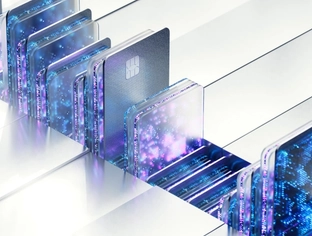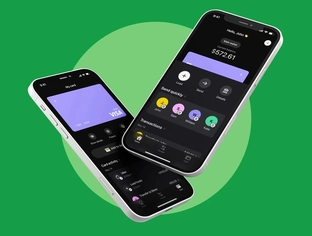Here's why brand ownership matters when launching financial products. Most branded cards aren’t really yours. They’re owned — in experience and infrastructure — by a bank. That means your customer signs up through a third party, receives messages from that institution, and engages with someone else’s app. You may get the brand halo, but you lose the relationship. And in today’s digital economy, that relationship is everything.
When you own the card — and the end-to-end experience — you retain control, deepen loyalty, and unlock data that drives real growth.
Branded but not yours: The illusion of control
The reality of a co-branded card is that the issuing bank owns the relationship and the experience. In fact, the bank owns everything but the logo printed on the card. Customers believe the company they trust and are loyal to is behind the scenes. This couldn’t be further from the truth, as your customers and prospective card holders are managed and marketed to by banks. Customers apply via a third-party interface and the UX, messaging, rewards, and support all follow bank systems, not yours.
Why brand ownership matters
You’ve worked hard to earn the trust from your customers, and don’t want to put that at risk. Interjecting a new partner for financial services can be disrupted by the smallest misstep, especially when it comes to financial services. It may be the bank’s responsibility, but customers will see your name on the card, and whether directly or not, hold you accountable. It doesn’t take much to undo years of building trust when it comes to commercial relationships. One bad product or one bad experience, and you’re starting over.
Expecting a seamless UX, your customers may find they’re suddenly handed off mid-journey to an unexpected third-party website or form, completely losing the thread back to your brand and CX. This creates friction.
Contrast that with a consistent user journey, from your website or app directly to an owned application form and designed experience. This reinforces the trust your customers have with your company, and assures them of ongoing support.
Control = connection
Engagement is key across all customer relationships. Driving more interactions brings customers closer to your company, especially by owning the experience from onboarding to card usage.
When banks issue the co-branded cards, they control who qualifies for the cards (regardless of their standing with your company), and they control all the data. That means they have visibility into your customers’ behavior, preferences, and engagement.
That data, when owned by your company, creates unparalleled opportunities to cross-sell and upsell.
Seamless UX drives retention
Customers expect everything in one place — not toggling between apps. If your card program is not attached to your loyalty app, you’re missing a trick. Consumers are not concerned with the bank relationship, they just want everything easily accessible. That also applies to support, your customers expect that if your name’s on the card, they can call your company for assistance. Pointing them elsewhere is unnecessarily painful.
Users access financial apps 3X more than any other app. When part of your existing mobile application, your brand stays top of mind, giving you an unprecedented opportunity for personalized offers, and real-time promotions and notifications.
Financial products are loyalty accelerators
Cards and wallets aren’t just about payments — they drive ongoing engagement. Incentives, rewards, and spend tracking are more powerful when tied to your ecosystem. Unlike third-party loyalty cards, owned financial products align to your business goals
Make it easy — with the right partner
You don’t need to become a bank to offer owned financial products, with Alviere, your company becomes the issuer — with full brand control and compliance coverage. Own your customers’ experience from purchase to cards and with every interaction.
When you own the card, you own the relationship.
And that means you’re building loyalty, driving revenue, and putting your brand where it belongs: In your customers’ everyday financial lives.




